Judge Crater is the most missing man in New York (9 photos)
The disappearance of Judge Joseph Force Crater became the longest-running missing person case in New York history that was never solved. 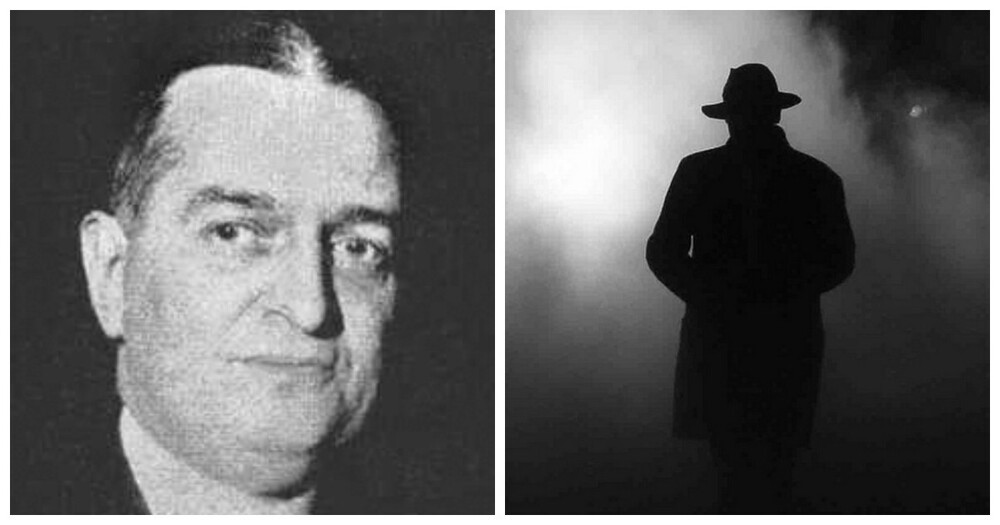
On August 6, 1930, this famous lawyer disappeared without a trace. Despite the enormous amount of evidence and leads and the discovery of secrets in his personal life, Judge Kreiter's whereabouts have never been established. It was such a mysterious, high-profile case that Joseph Force Crater became known as "New York's Most Missing Man."
Who are you, Mr. Crater? 
Joseph Force Crater was born in Easton, Pennsylvania, January 5, 1889, and received an excellent education. He graduated from Lafayette College and Columbia Law School. By 1913 he was practicing law in New York, and in 1916 he married Stella Wheeler. The marriage came just a year after the woman hired him as her lawyer in divorce proceedings.
Joseph Kreuter became involved in politics and eventually became president of the Democratic Party club in Manhattan. In April 1930, then-Governor Franklin D. Roosevelt appointed him as an associate justice of the New York Supreme Court. Judge Crater was a tall, stocky 41-year-old man who loved fine clothes.
Mysterious call 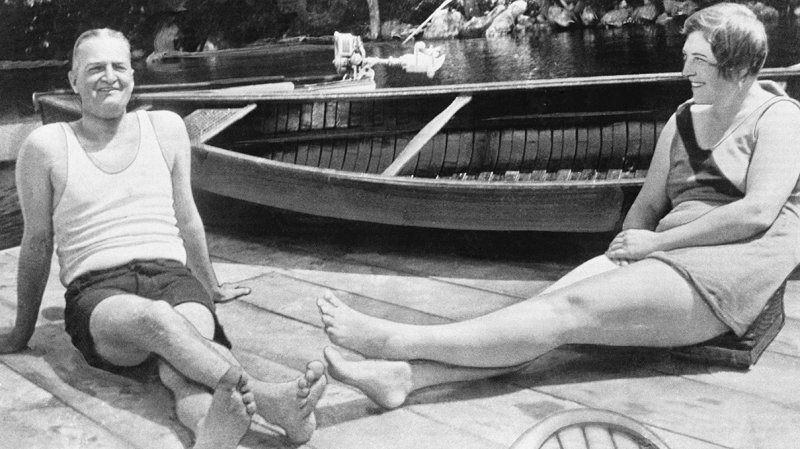
With my wife
The story began in July 1930, when Judge Kreiter and his wife were relaxing in a summer house on the lake. Stella stated that her husband received a mysterious phone call, which he never explained to her. The only thing he said was that he needed to return to the city “to deal with these guys.”
During the investigation, it turned out that he was not conducting business negotiations. Instead, he went home and gave his maid a few days off. Joseph Kreiter then went to Atlantic City with his girlfriend Sally Lou Ritzi. He returned on August 1, but went to the city again on August 3. Before leaving, Judge Crater told his wife that he would be back in Maine for her birthday on August 9th.
Suitcases with cash 
Arriving in New York on the morning of August 6, he met with his assistant Joseph Mara and worked on cases in the courtroom for several hours. During this time, he asked Mara to cash two checks totaling $5,150. The judge and Mara then took the two locked briefcases to the boss's apartment, after which he gave Mara the rest of the day off.
Crater's last evening in the city 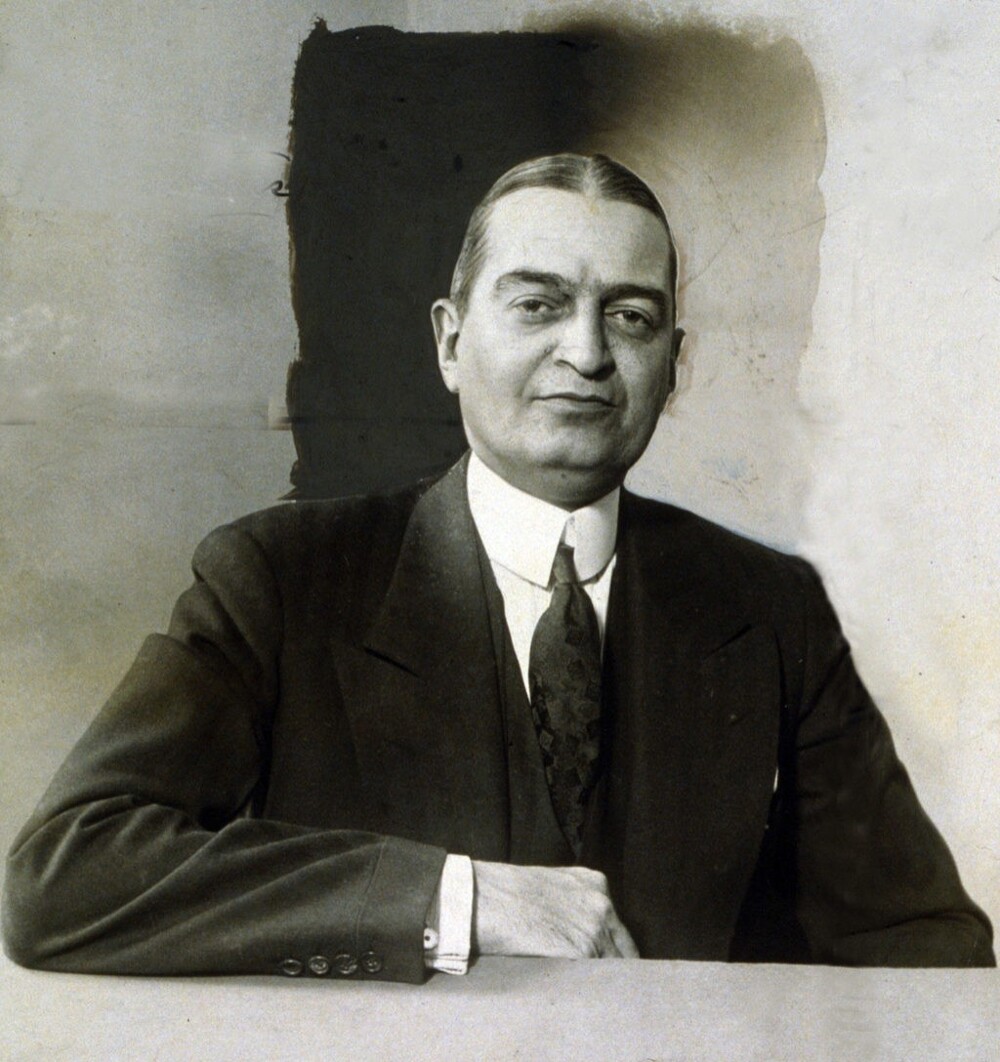
That evening the judge bought one ticket to a comedy show at the theater. He then dined at a restaurant with Sally Lou Ritzi and lawyer friend Willian Klein. Judge Kreiter appeared to be in good spirits, the lawyer said.
After dinner they talked on the street and then went their separate ways. Either Ritzi and Klein saw the judge getting into a taxi at this time, or they last saw him leaving a restaurant on his way to a Broadway show at 9:15 p.m. There are different versions. However, no one saw him again.
Inconclusive investigation 
Ten days later, Judge Kreiter's wife called his office. She was worried because she had not heard from her husband and he missed her birthday. The office believed that he was on vacation with his wife, and she thought that he was away on business. It was only after he failed to appear in court on August 25 that the police began proceedings.
They pursued dozens of leads, but none of them led to Judge Kreiter. Initially, the main clue in the investigation was the money that the judge withdrew. However, authorities eventually found the money in his apartment in January 1931. A note written by the judge was also found in them. It said: “I am very tired. Joe".
Crater's disappearance made headlines. It even spawned memes like “pull Crater” when someone disappears or evades responsibility. Comedians often used the phrase "Judge Crater, call your office" during performances. The “most lost man” may have disappeared, but he certainly hasn’t been forgotten.
Theories about the disappearance 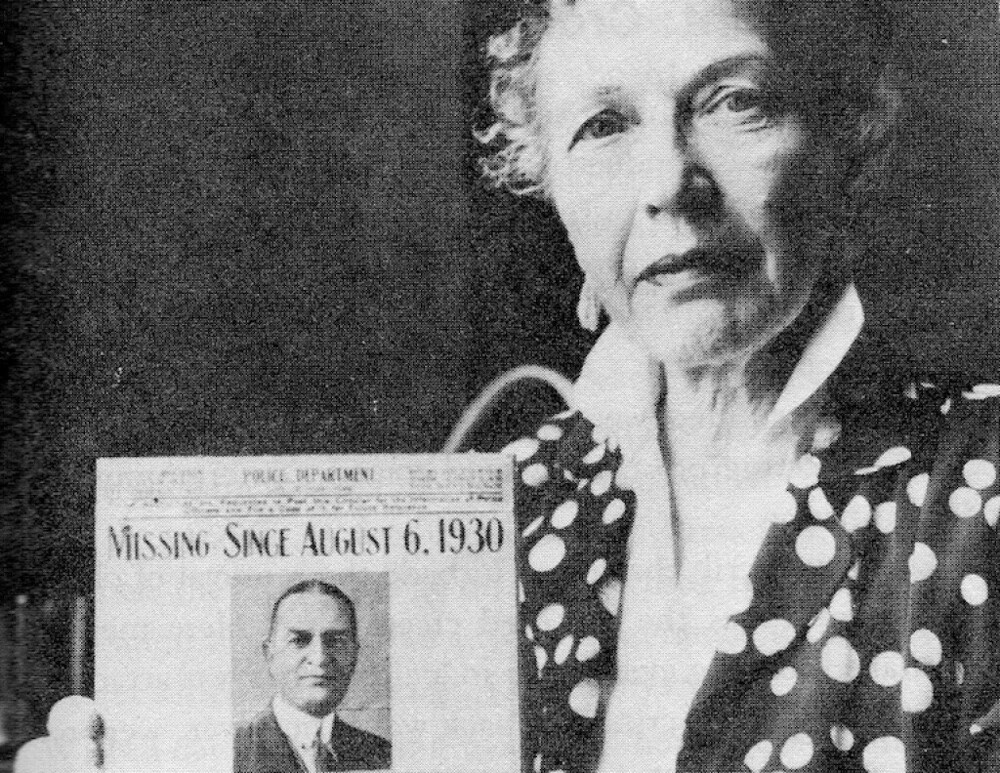
The wife insisted for a long time on continuing the investigation and search.
Many theories have emerged about what happened to Judge Crater. Here are some of the most popular:
Someone killed him because his corrupt business practices were about to be exposed.
He ran away with another woman.
Seeking a new life in Quebec, the judge orchestrated his disappearance.
Amnesia
Suicide
While visiting a brothel, he died in the arms of a prostitute, and the madam took his body.
Letter from Stella Ferrucci-Good 
There might be a body hidden around here somewhere.
The most compelling theory came on August 19, 2005, when a note was discovered following the death of Stella Ferrucci-Good at the age of 91. The letter was in an envelope with the inscription “Do not open until I die.” Stella's granddaughter found it in a metal box in her grandmother's house.
In the letter, Stella told about what her late husband told her. It was a New York City police officer named Robert Hood. He told Stella that Judge Crater was killed by fellow police officer Charles Burns and his brother Frank Burns, a New York taxi driver.
Stella revealed that Officer Burns was a bodyguard for Abe Reles from a company that provided law enforcement services for the Mafia. Reles was a hitman who became an informant and cooperated with the police. Several agents were executed by electric chair due to Reles' testimony. Unsurprisingly, Reles died in a fall from a six-story building hours before he was scheduled to testify against a mob boss.
According to Stella, Frank Burns picked up Judge Crater in his taxi after dinner. From there they picked up two more people, who took Crater to Coney Island and killed him. She said the body was buried under the Coney Island boardwalk in the area of West 8th Street in Brooklyn, where the city's aquarium is now located. Police checked to see if construction workers had found a skeleton in the area. However, there were no such records, and they could not confirm Stella's data.
After the disappearance of Joseph Crater 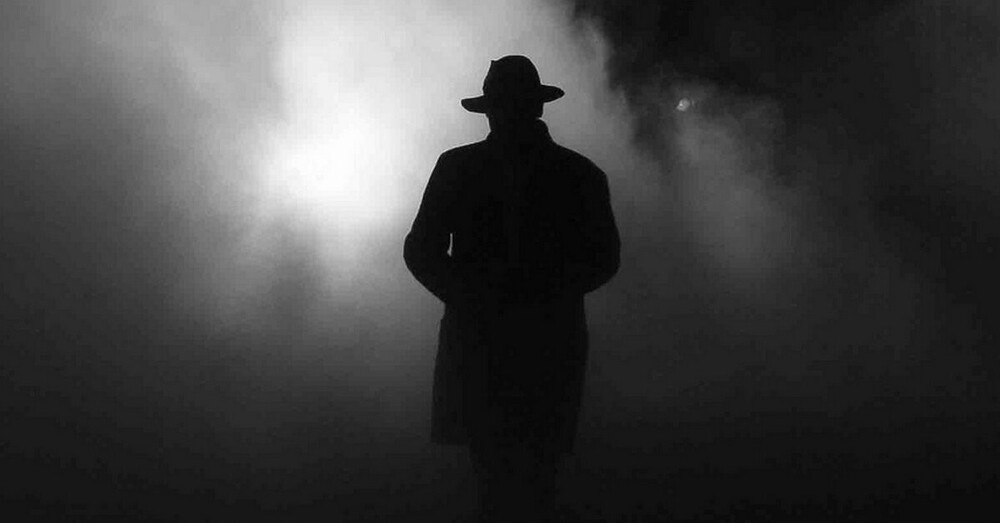
Sally, Crater's friend, disappeared in August or September 1930 and was never seen or heard from again. The judge was officially declared dead on June 6, 1939.
After Crater's disappearance on August 6, 1930, his wife Stella spent the rest of her life commemorating that fateful day by visiting a local bar in Greenwich Village. She sat down alone, ordered two drinks, but only drank one. Each year, when she drank it, she would say, “Good luck, Joe, wherever you are.”
Stella died in 1969 at the age of 70, and the “most lost person” remained missing.



























